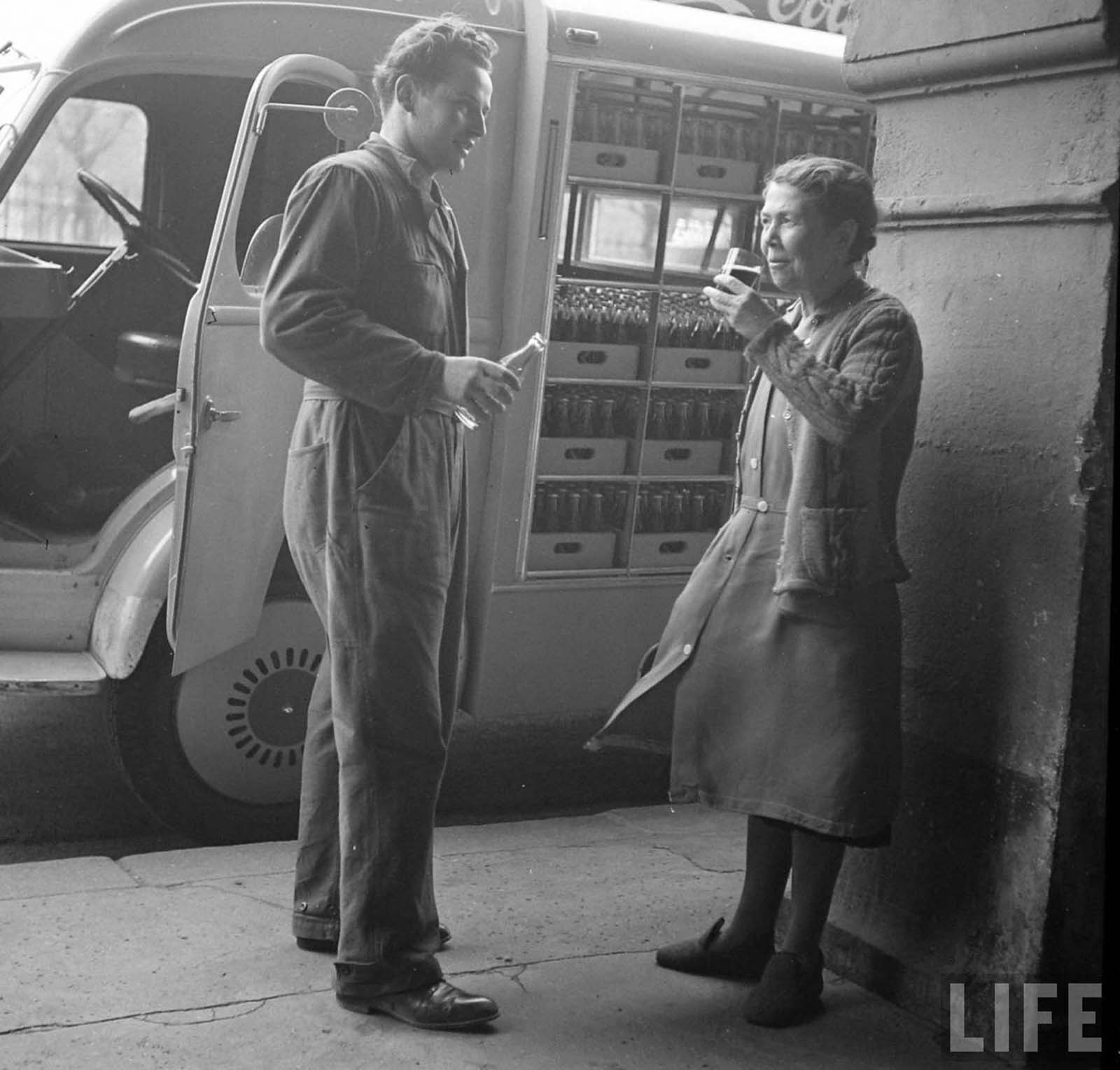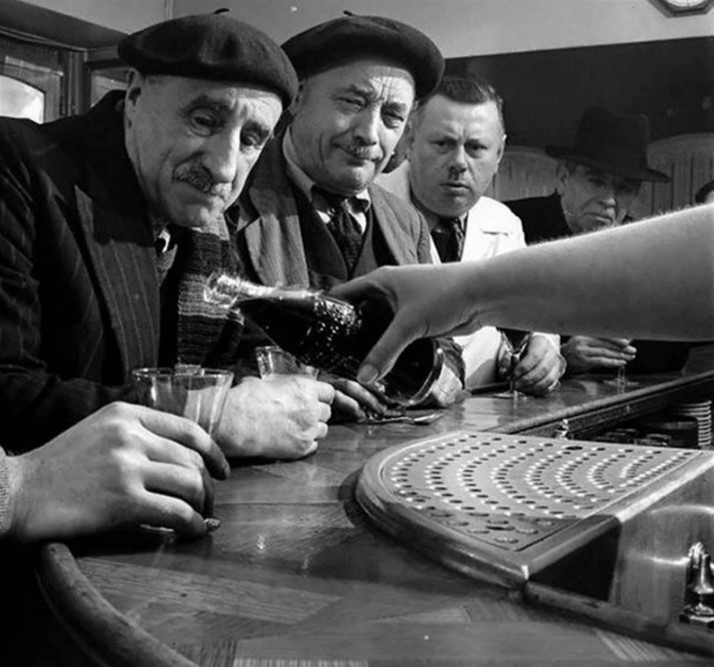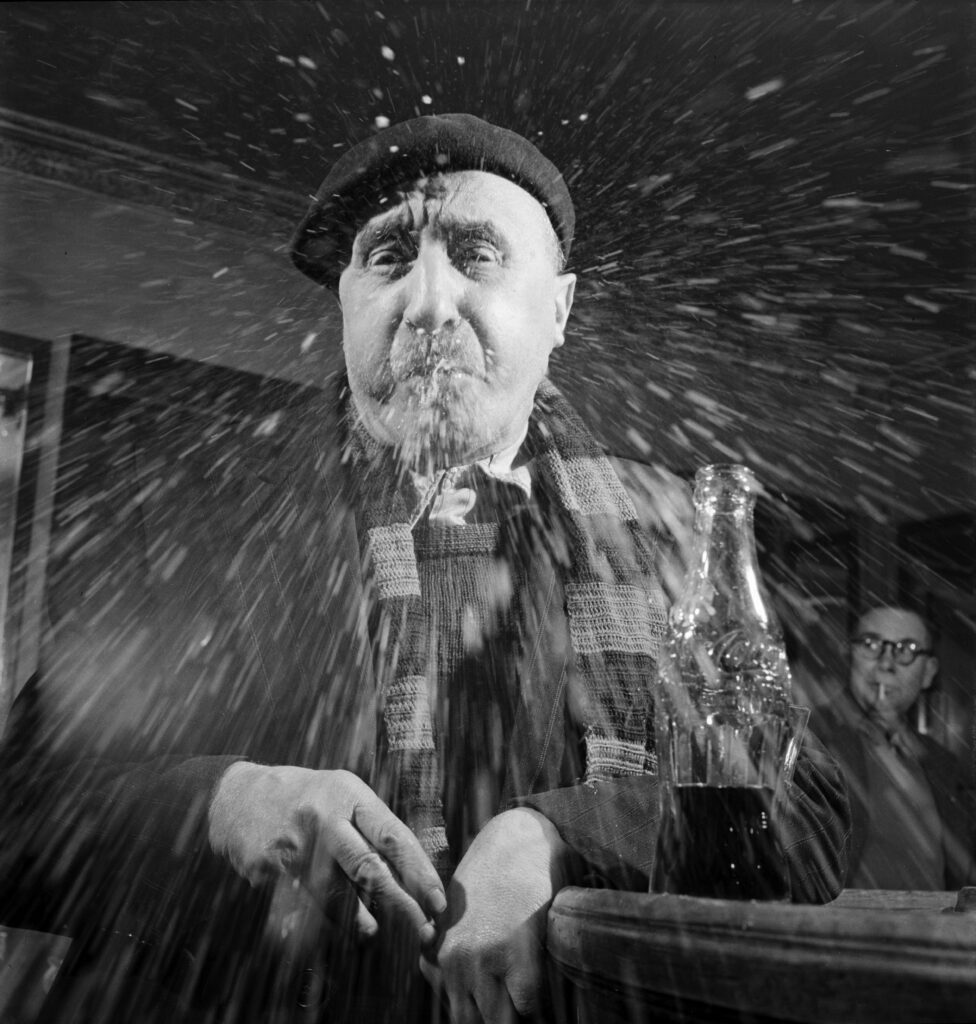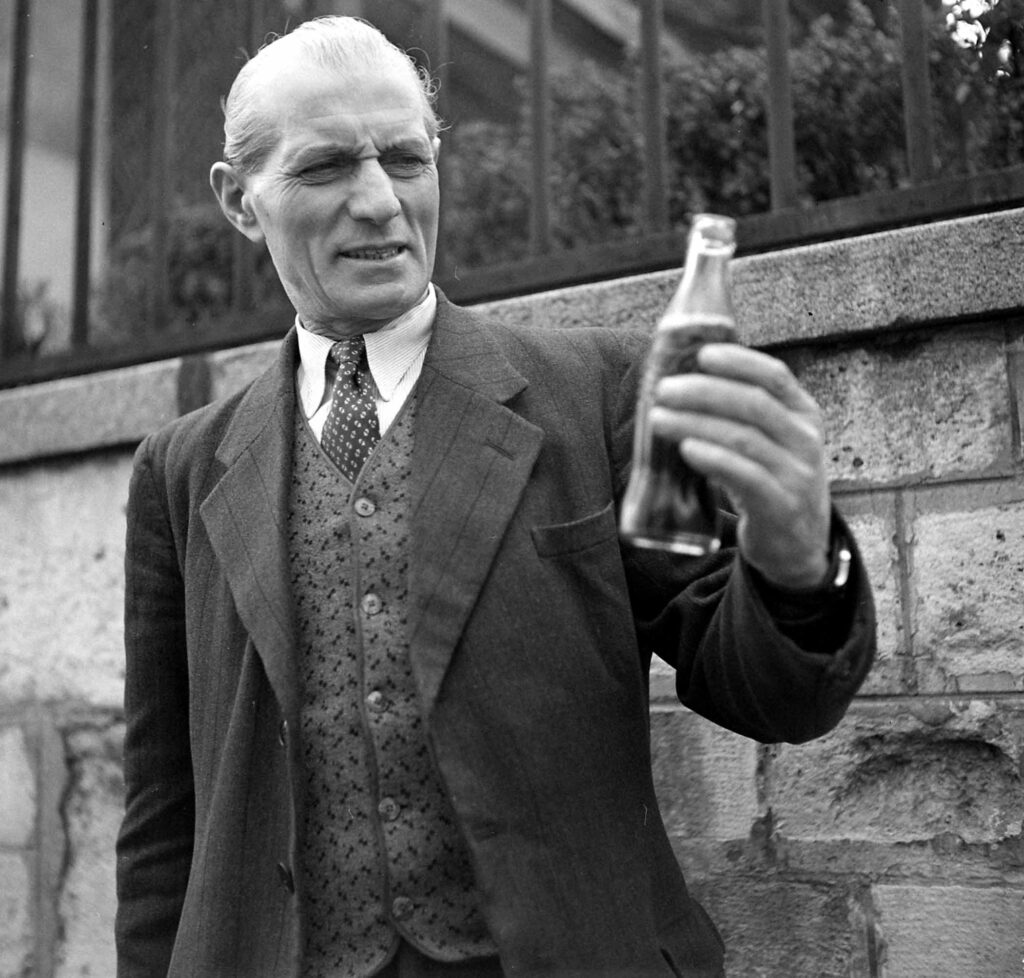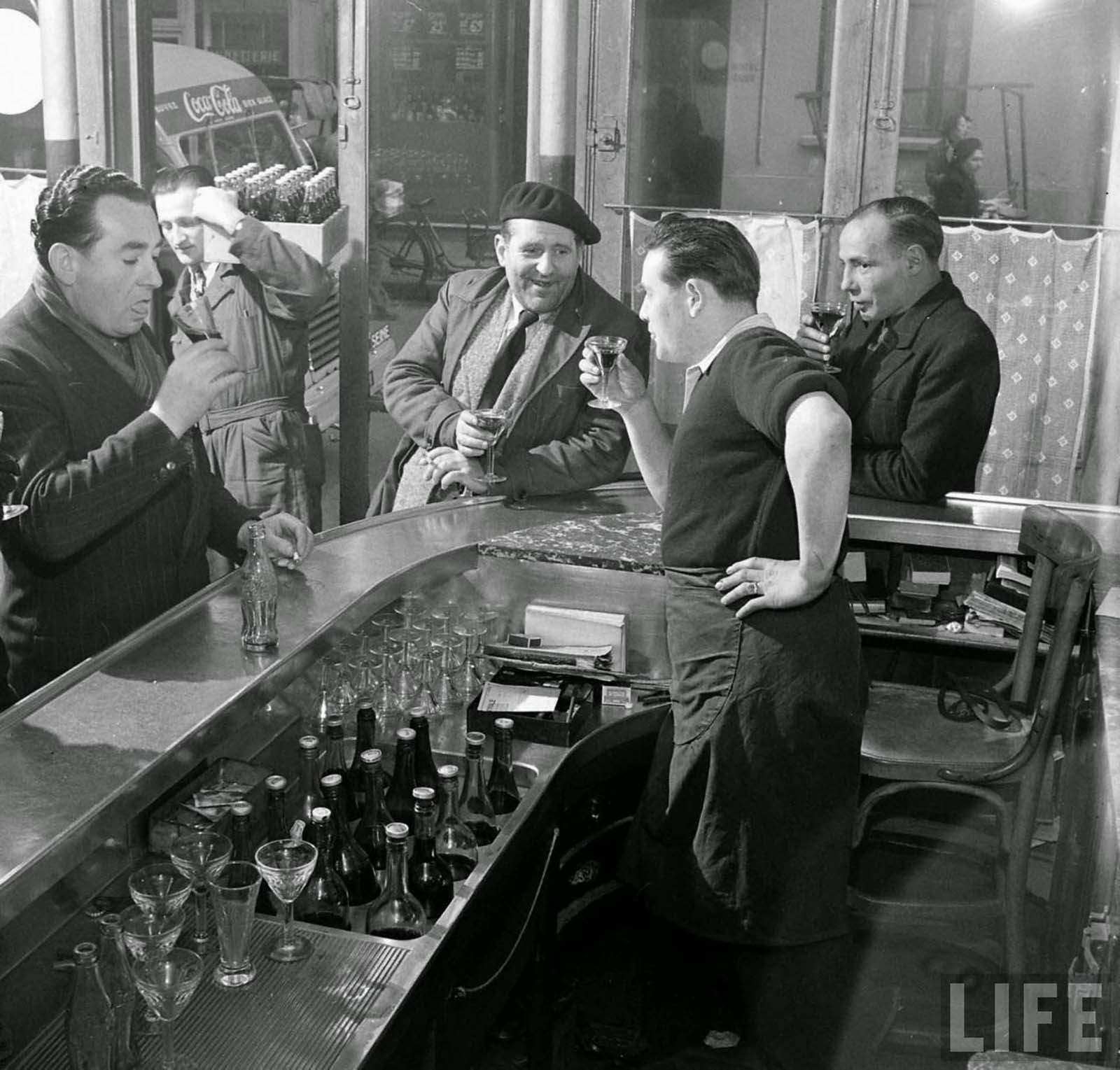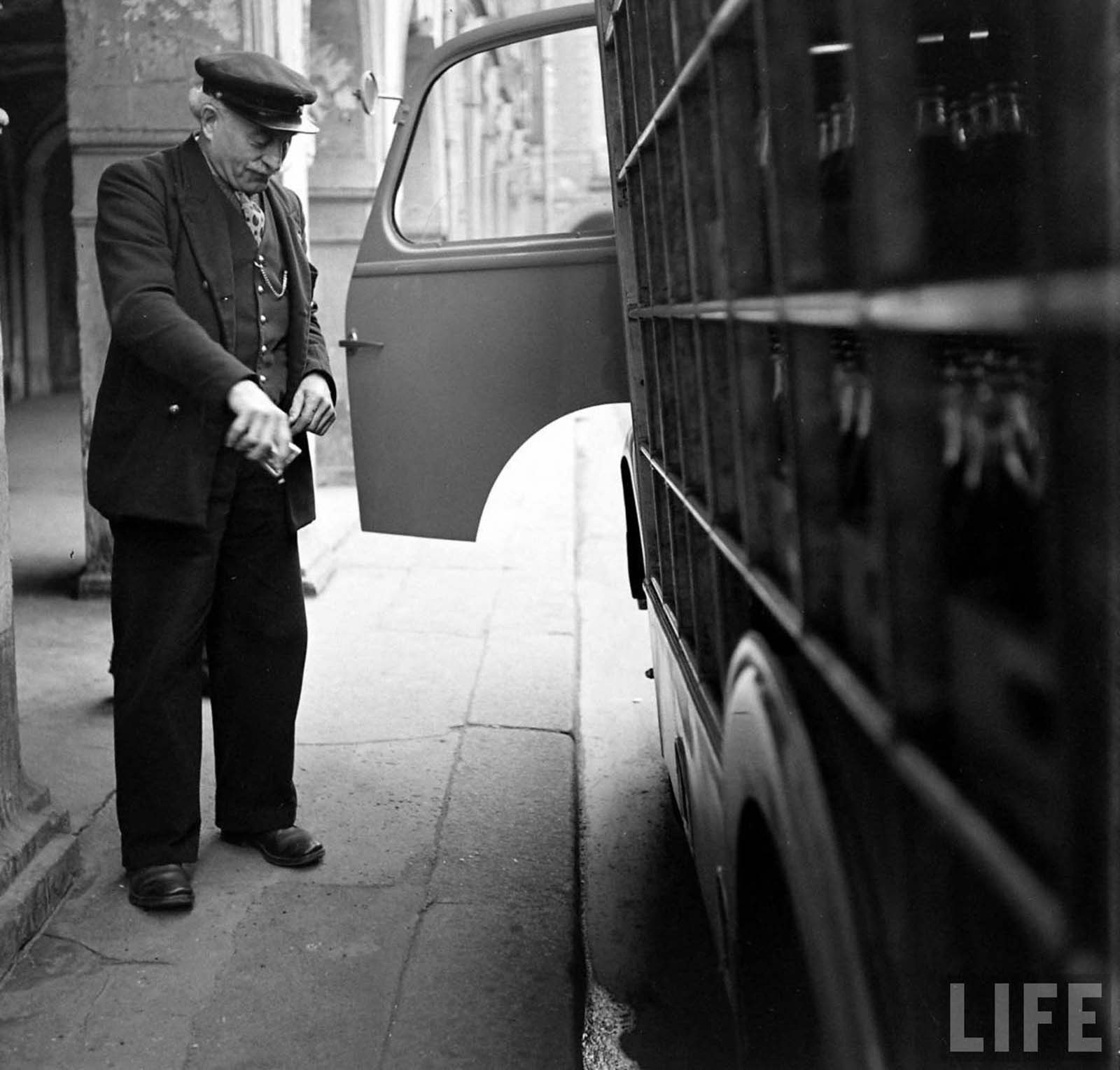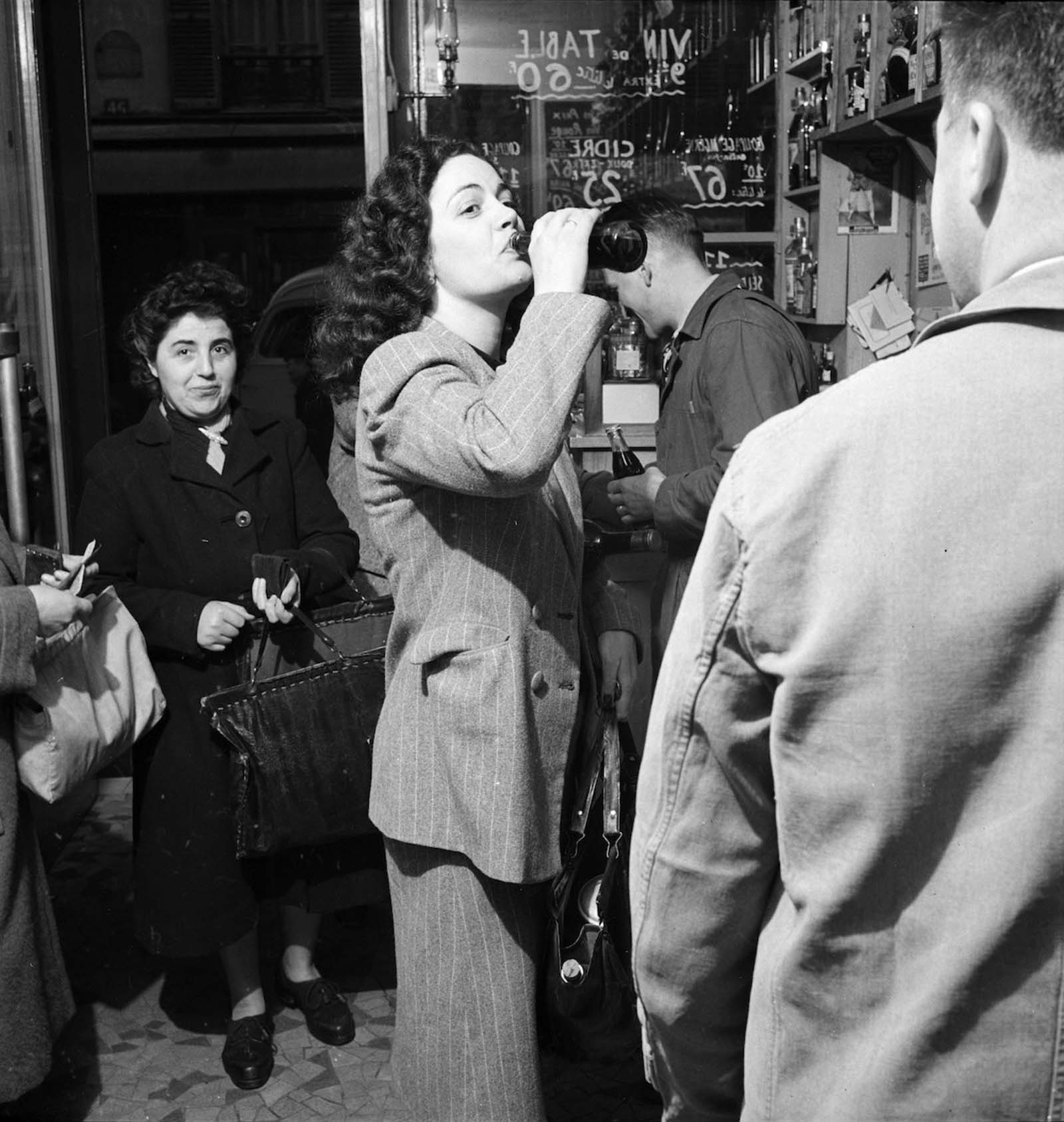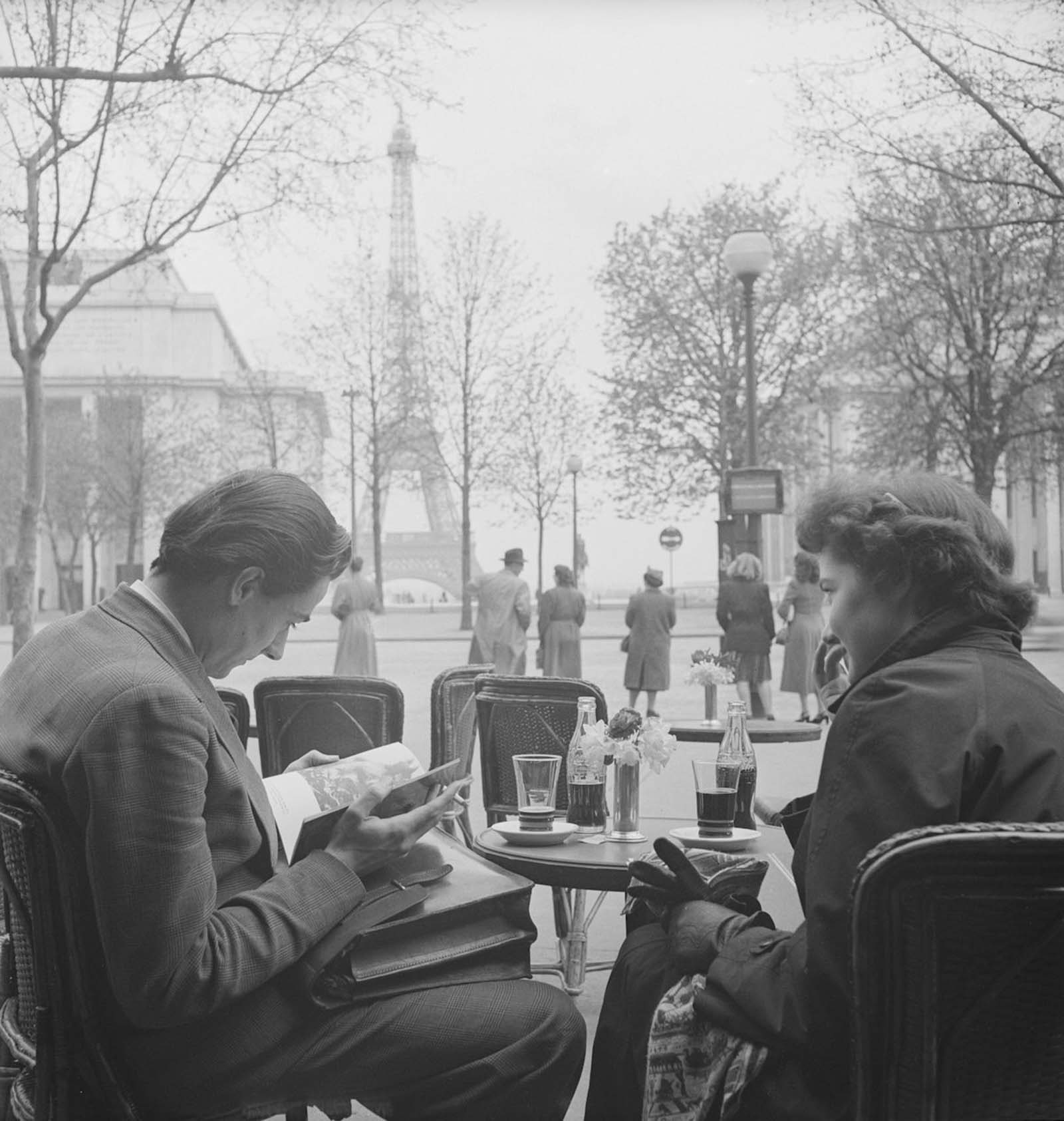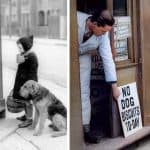In 1950, Coca-Cola kicked off a major marketing campaign to introduce its drink to the French people. With the slogan “Drink Fresh,” vans traveled around the streets, and salesmen offered samples to both kids and adults.
Mark Kauffman, a photographer for LIFE magazine, was on hand to capture the real reactions of the French as they tried Coke for the first time. However, his photos show that many French people weren’t initially impressed with what was advertised as the great taste of Coke.
Coca‑Cola history
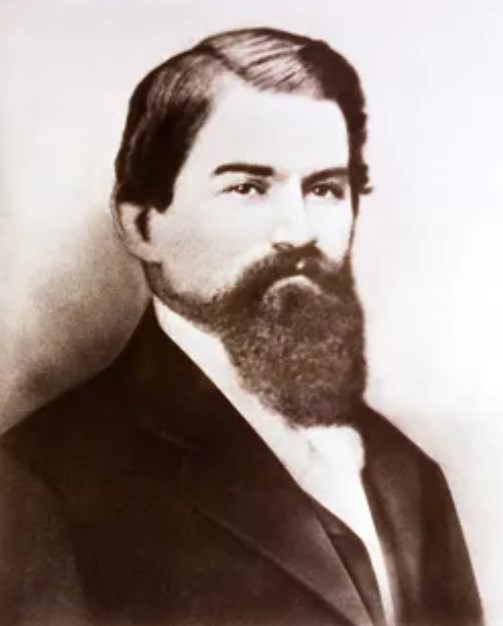
Coca-Cola was born in Atlanta, Georgia, on May 8, 1886, when Dr. John Stith Pemberton, a local pharmacist, produced the syrup that would become iconic worldwide. He took this new creation to Jacobs’ Pharmacy, where it was sampled and deemed “excellent.”
Soon after, it was sold for just five cents a glass as a soda fountain drink. The combination of carbonated water and the syrup created a drink that was both “Delicious and Refreshing”—a slogan that continues to resonate with Coca-Cola lovers everywhere today.
Frank M. Robinson, Dr. Pemberton’s bookkeeper and business partner, came up with the name “Coca-Cola” and designed its famous script, thinking the double Cs would be catchy for marketing.
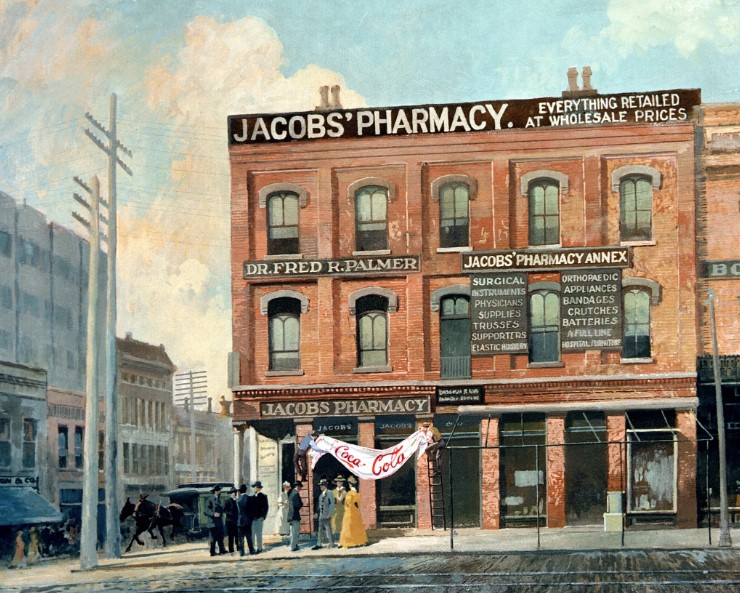
Following that, the first ad for Coca-Cola appeared in The Atlanta Journal, inviting people to try this new soda fountain drink. Hand-painted signs with “Coca-Cola” popped up on storefronts, encouraging passersby to “Drink” it. In its first year, sales averaged just nine drinks a day.
Dr. Pemberton, unfortunately, never saw Coca-Cola’s full potential. As his health declined, he sold off portions of the company, and just before his death in 1888, he sold his remaining stake to Asa G. Candler, a savvy businessman from Atlanta who eventually took full control of the brand.
How popular Coca-Cola was in WWII

During World War II, Coca-Cola was being bottled in 44 countries, even in those involved on both sides of the conflict. The war didn’t harm the business but instead opened new challenges and opportunities. Over 5 billion bottles of Coke were consumed by military personnel during the war, along with countless servings from dispensers and mobile units in battle zones.
When the war ended, Coca-Cola was ready for global growth. From the mid-1940s to 1960, the number of countries with bottling plants nearly doubled. As the world recovered from the war, Coca-Cola became a symbol of friendship and refreshment around the globe.
The indifference of the French people towards Coca-Cola

Before Coca-Cola made its way to France, it had already gained immense popularity in the U.S. as the first widely marketed soft drink. Created in the late 19th century as a pseudo-medicinal beverage, Coca-Cola quickly transformed into a sweet, fizzy drink that symbolized American culture and capitalism.
In 1950, Coca-Cola launched a bold marketing campaign in France to build on its success from the U.S. However, despite the drink’s French-inspired roots—originally based on coca wine—many in France were skeptical about embracing the new nonalcoholic beverage that was unlike anything they had experienced.
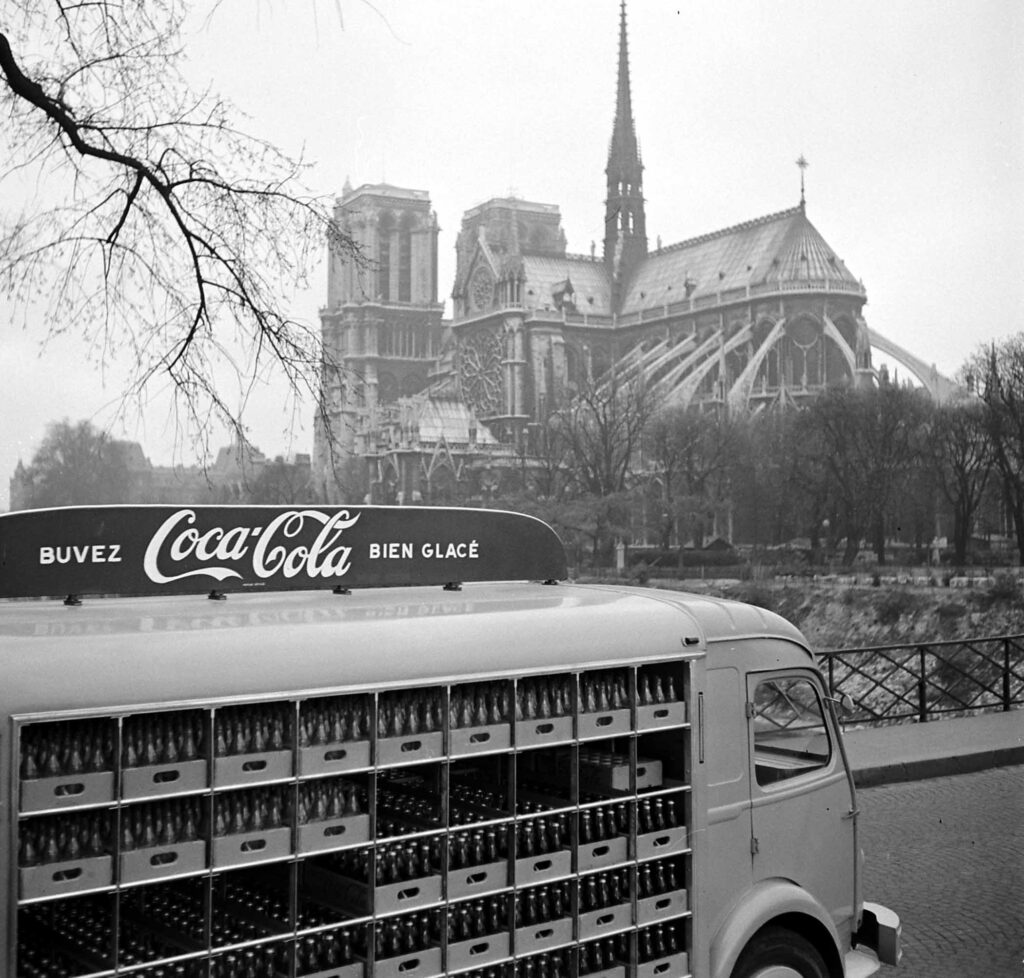
The French initially resisted allowing Coca-Cola into their country, wary of the influence of American businesses. They tried to block the mass production of “Coke” in France. However, despite the opposition, the French government eventually granted Coca-Cola a license in 1952, officially bringing the drink to the French market.
Even with its global popularity, Coca-Cola is still consumed less in France than in any other European country on a per capita basis. While the drink has gained traction, the French remain one of the least enthusiastic consumers of the sugary beverage.
Photos Of reactions to Coca-Cola coming to France
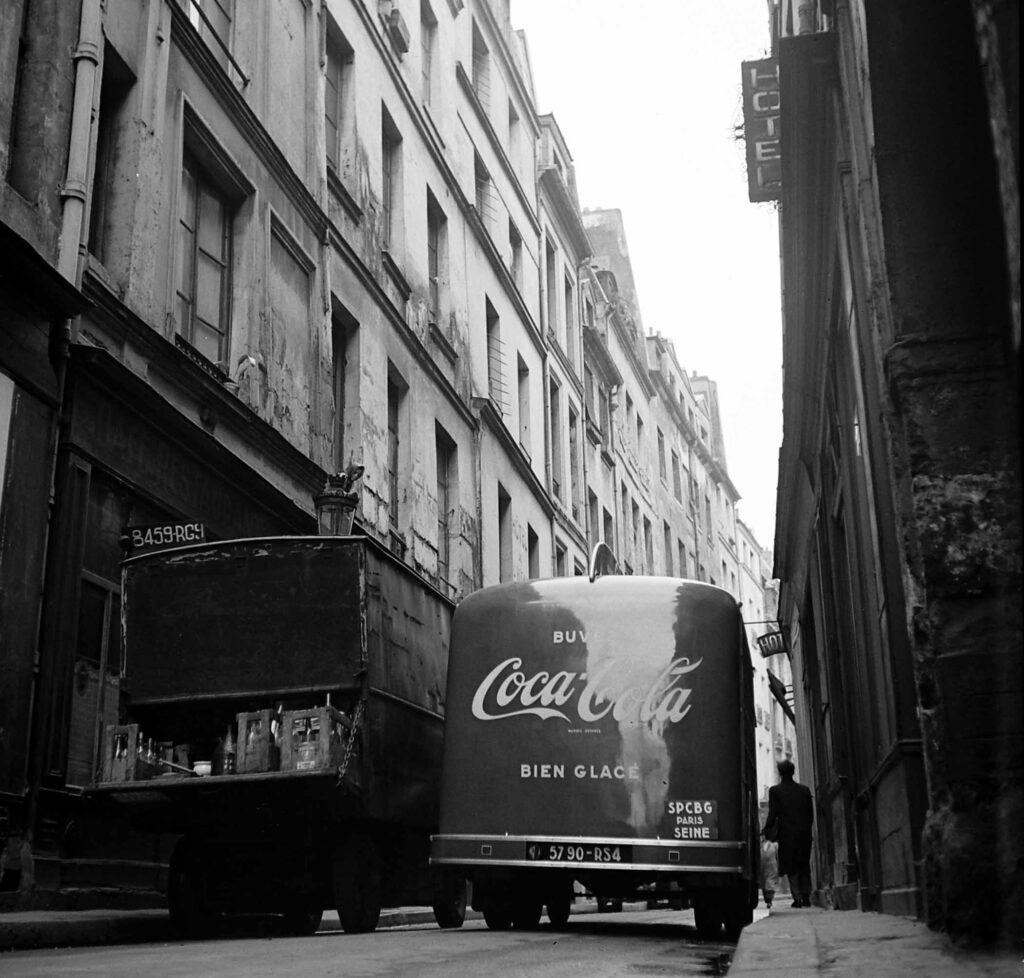
In 1950, LIFE photographer Mark Kauffman captured Coca-Cola’s arrival in France, marking a major cultural shift known as “Coca-Colonization.” His photographs show a delivery truck navigating through the bustling streets of Paris, passing famous landmarks.
The truck, with “Buvez Coca-Cola Bien Glace” (“Drink Ice Cold Coca-Cola”) printed on the side, sparked the interest of both young and old. However, not everyone welcomed the drink. Some, particularly winegrowers in renowned French regions, voiced concerns about its potential addictiveness. This marked the start of Coca-Cola’s controversial journey in France.
Scroll through the gallery below to see how France first reacted to Coca-Cola!
